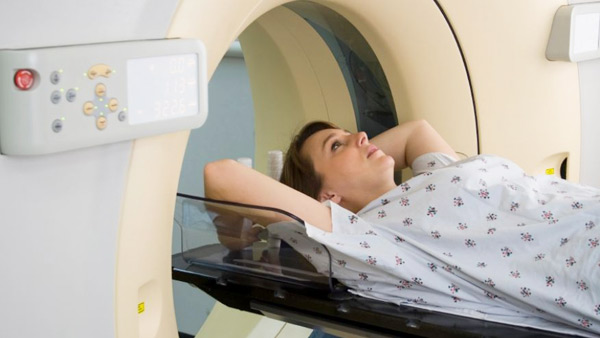
The discovery is important, as most of the neuronal connections, called synapses, are build to dendritic spines. In many central nervous system diseases, the dendritic spine density is altered.
“Understanding of the molecular mechanisms underlying the initiation process of dendritic spines enables us to manipulate their initiation rate and density. In future, this knowledge can be helpful in the development of therapeutic interventions for neurological diseases underlined by altered dendritic spine density, such as autism spectrum disorder, Schizophrenia or Alzheimer´s disease. Furthermore, this will help us to understand the molecular basis of learning, as new spines are readily initiated during learning,” says project leader Pirta Hotulainen from the Neuroscience Center of the University of Helsinki.
This research has been collaboration between many distinct research groups combining cell biology to neuroscience. “No sole research group could have achieved such a comprehensive view of the dendritic spine initiation mechanism and show its importance for the brain function,” says Pirta Hotulainen. The study done by University of Helsinki.